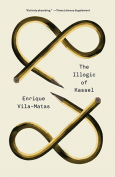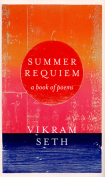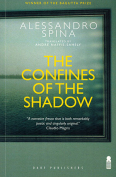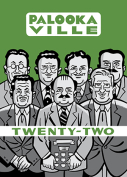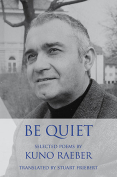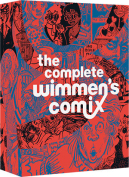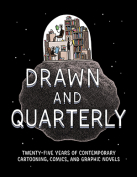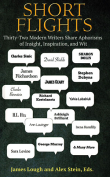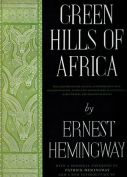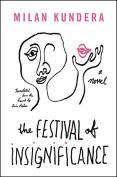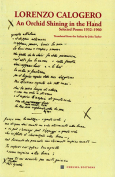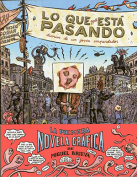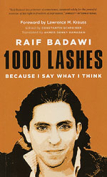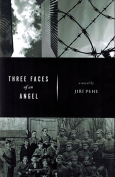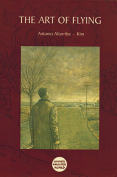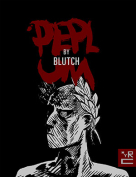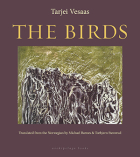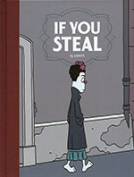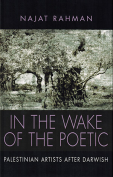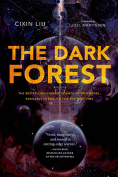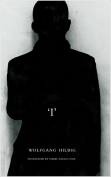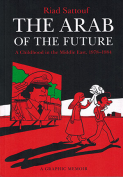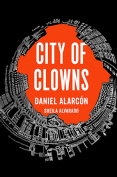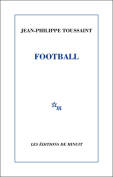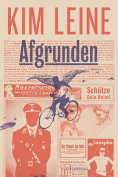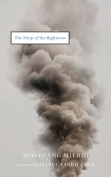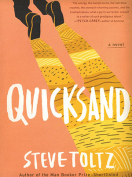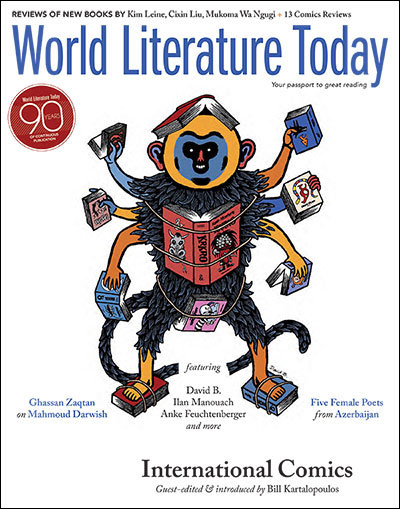Green Hills of Africa by Ernest Hemingway
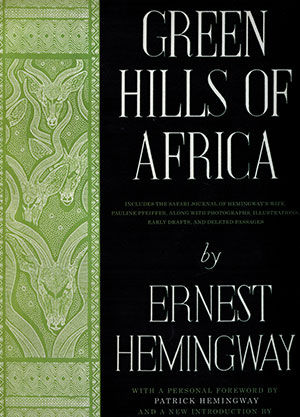 Patrick Hemingway, foreword. Seán Hemingway, intro. New York. Scribner. 2015. 281 pages.
Patrick Hemingway, foreword. Seán Hemingway, intro. New York. Scribner. 2015. 281 pages.
In this new edition of Green Hills of Africa, the introduction and, by implication, the apparatus—Pauline Pfeiffer Hemingway’s diary; Hemingway’s letter making arrangements for the safari and notes while on safari; Hemingway’s letters to Esquire; and “Early Drafts and Deleted Passages”—are assembled to make the case that the book is a significant attempt to make a novel out of documentary material.
Part of the problem is that what plot there is centers on Hemingway’s attempt to kill a kudu. Most people, and not just animal-rights activists, would agree with the Austrian Kandinsky, who says, “What is killing a kudu, anyway?” adding, “You should not take it so seriously.”
Even worse, both the published text and the supplementary material show that Hemingway was, despite the braggadocio of certain passages asserting the contrary, at a low point in his career. The letters to Esquire, even if they were published under the influence of drugs to cure amoebic dysentery, show the author at his self-parodying worst. They show that Hemingway’s “built-in, shock-proof shit detector,” perhaps deranged by his illness, had failed him, not only in these articles but occasionally in the book, especially in dialogue, which too often sounds like a transcript from an all-night fraternity kegger. And then there is Hemingway’s desire to rate everything, from skies to natives to his friends, on scales not always clearly defined and often annoyingly subjective.
As shown in some of the drafts and deleted passages—unfortunately not keyed to the main text and excerpted on principles (or the lack thereof) that might puzzle if not madden anyone familiar with serious textual editing—the detector had not totally malfunctioned. The book has passages of great beauty, especially in descriptions of landscape and of process, as in skinning a reedbuck. But a single page—66 is a good example—can show the contrast between the very good and the not good Hemingway. At other times, Hemingway can be observed trying to do fine writing.
The passages critics have quoted most frequently have to do with writers and the art of writing, and in these can be found the real problem of the book. By positing a prose that attains “the fourth and fifth dimension,” Hemingway is setting a standard that is nearly or entirely impossible to meet and, in noting all the things that keep the writer from meeting it, he seems subtly to be preparing for his own failure.
Despite the bravado with which he writes in Green Hills, Hemingway seemed to be in a very dangerous position. By the time he went on safari, he had not published a novel in four years, and Winner Take Nothing, the collection of short stories that came out earlier that year, contained very little that equaled the quality of his earlier work in that form. He had used up his experience in the war and with bullfighting; he had moved back to America and settled into as much domesticity as he was capable of.
He had begun to show the tendencies, both personal and artistic, that laid the grounds for parodists of his style and of his persona. But as he said, a work done well and truly could not rot. This isn’t one of them.
Robert Murray Davis
University of Oklahoma


